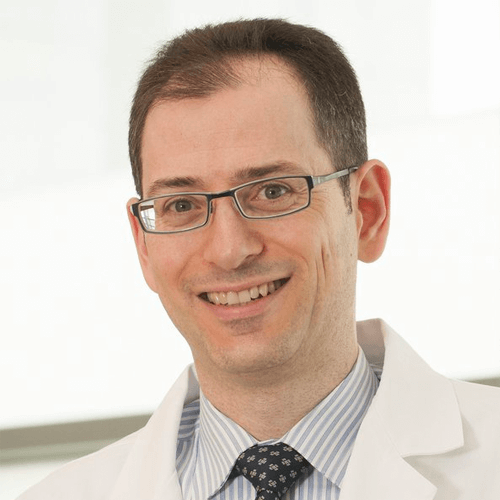Search results
Cardiac Computed Tomography—2005
Author(s):
Matthew J Budoff
Added:
3 years ago
Article
Author(s):
Matthew J Budoff
Added:
3 years ago
Cardiac computed tomography (CT) has evolved greatly over the last 20 years. This article reviews its current clinical uses, and describes some of the potential for even greater utility in the near future. Electron beam tomography (EBT) was developed 20 years ago specifically for cardiac imaging. Although the technique can quantify ventricular anatomy and function1 as well as myocardial…
View more
Author(s):
Fay Lin
,
James K Min
Added:
3 years ago
Cardiovascular disease (CVD) afflicts greater than 70 million patients in the US alone, and accounts for over half of all deaths. Non-invasive cardiac imaging modalities are used to provide enhanced methods of diagnosis of CVD, guidance of patient-specific therapy, and prognostication of cardiac-related risk.
Non-invasive cardiovascular imaging has traditionally been stratified into two distinct…
View more
Author(s):
Jeffrey M Schussler
Added:
3 years ago
Cardiac computed tomography (CT), and in particular computed tomographic coronary angiography (CTCA), stand poised to revolutionize the way in which cardiac pathology is diagnosed, and change the way in which decisions are made with regards to invasive treatment of cardiac disease. In particular, the diagnosis of coronary disease (the number one killer of patients in modern societies) will be…
View more
Author(s):
Randall C Thompson
Added:
3 years ago
“But doth suffer a sea-change Into something rich and strange” William Shakespeare, The Tempest
The term ‘sea-change’ is an idiom or poetic phrase meaning profound transformation, and was coined by Shakespeare in The Tempest. The term is appropriately applied to the complex transformation that the clinical practice of cardiac computed tomography (CT) continues to undergo. In the early and mid…
View more
Michael L Ridner
Research Area(s) / Expertise:
Job title: Medical Director of Cardiac Catheterization and Cardiac Computed Tomography
Author
Rafail Kotronias
Job title: MD
Author
Ron Blankstein
Research Area(s) / Expertise:
Job title: Cardiology Specialist
Author
Joanne D Schuijf
Research Area(s) / Expertise:
Job title: Co-ordinator of the Cardiac Computed Tomography Laboratory
Author
João L Cavalcante
Research Area(s) / Expertise:
Job title: Director of Cardiac MRI and Structural CT Labs
Author













